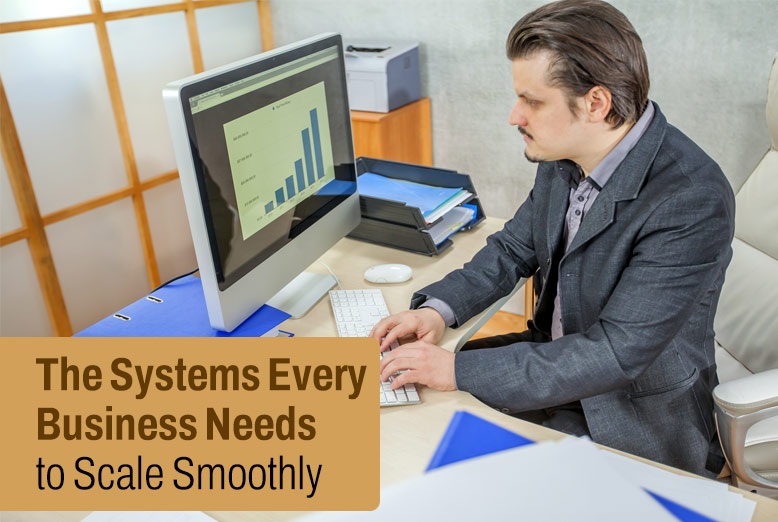Buying something isn’t always about need or logic—more often than we admit, it’s about how we feel. This is what experts call emotional buying, and it plays a huge role in how and why we make purchasing decisions. Whether it’s grabbing that extra pair of shoes after a tough day or splurging on a gadget because it just feels right, emotions are often the unseen drivers behind our spending habits. Understanding this emotional side can help us shop smarter and avoid money stress. Plus, if things do get overwhelming, reaching out to debt relief companies can provide a path to financial peace.
Why Emotions Drive Our Purchases
Our brains are wired to seek rewards and avoid pain, and buying something can trigger a burst of happiness or relief. That feeling of excitement or comfort is powerful—and it can sometimes override our logical thinking.
For example, when you’re stressed or feeling down, shopping can feel like a quick fix, a way to boost your mood. This emotional connection makes buying more than just a practical act; it becomes a way to express how we feel inside. Recognizing that emotion is at play is the first step toward making better spending choices.
The Subtle Ways Marketers Tap Into Emotions
You might not realize it, but marketers are experts at appealing to your feelings. Advertisements often use images, music, and stories designed to connect with emotions like joy, nostalgia, or even fear of missing out. These tactics can nudge you to buy things you didn’t originally plan to.
Understanding these tricks helps you take a step back before making a purchase. Ask yourself: Am I buying this because I really need it, or because it makes me feel good right now? This kind of awareness can prevent impulse buys that lead to regret later.
How Emotional Buying Can Affect Your Financial Health
While it feels good in the moment, emotional buying can lead to problems if it becomes a habit. Regularly spending based on feelings rather than needs can quickly add up, leading to credit card debt or other financial challenges.
If you find yourself stuck in a cycle of emotional spending, it might be time to seek help. Debt relief companies specialize in assisting people who have fallen behind on payments due to overspending or other financial issues. They can help you create a plan to manage your debt and regain control.
The Role of Emotional Buying in Everyday Life
Not all emotional purchases are bad or reckless. Sometimes, spending money on experiences or gifts can strengthen relationships or bring joy, which is valuable. The key is balance and intention.
For instance, buying a thoughtful gift for a loved one might be driven by love and appreciation. On the other hand, buying multiple items to feel better after a bad day could be a sign to pause and reflect on your spending habits.
How to Recognize Emotional Buying in Yourself
It’s easy to overlook emotional buying because it feels natural. Here are a few signs to watch for:
- You often buy things spontaneously when you’re feeling stressed or sad.
- You regret purchases shortly after making them.
- You use shopping as a way to cope with emotions rather than facing them.
Noticing these patterns is a healthy step toward changing your habits.
Strategies to Manage Emotional Spending
Once you’re aware of emotional buying, you can take steps to manage it:
- Pause Before Buying: Give yourself time to think about whether the purchase is necessary.
- Set a Budget: Decide how much you want to spend on non-essential items each month.
- Find Alternatives: Replace shopping with healthier ways to handle emotions, like exercise or talking to a friend.
- Track Your Spending: Keeping an eye on where your money goes helps reduce surprise bills and overspending.
Building a Healthier Relationship with Money
The goal isn’t to eliminate all emotional spending but to create a balanced relationship with money. This means understanding why you buy and making conscious choices that align with your values and financial goals.
When you treat money as a tool rather than a source of stress, you’ll find more peace and freedom in your financial life.
In Conclusion: Emotions and Money Can Coexist—If You’re Mindful
Emotional buying is part of being human, but it doesn’t have to control your finances. By recognizing the feelings behind your purchases and learning how to manage them, you can enjoy shopping without regret.
If you ever feel overwhelmed by debt or spending, remember there are professionals, like debt relief companies, ready to help you get back on track. With a bit of awareness and support, you can build a healthier, happier financial future—
Also Read: Things to Look for When Buying E-Liquids











